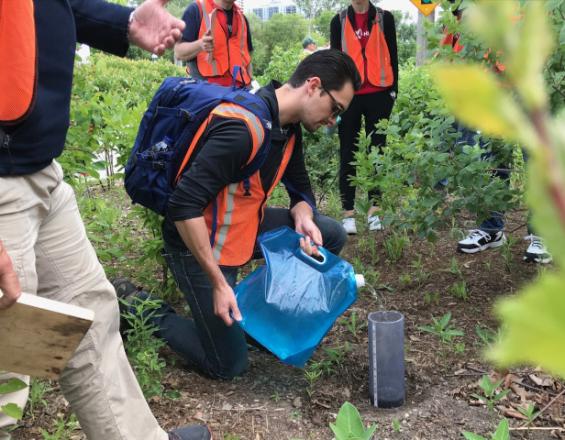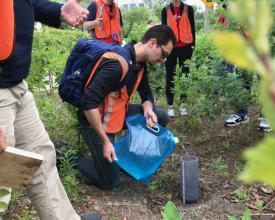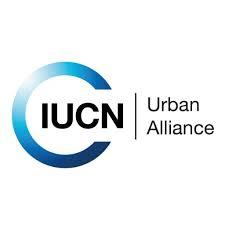
Citizen scientists assess the effects of design, climate and environment on bioswale function

Urban areas are prone to the effects of extreme rainfall events due to their largely impermeable surface cover. Intense rainfall hits tarmac or paving slabs and runs straight to drainage channels, reducing infiltration and increasing pollution downstream.
Bioswales are artificial urban wetlands placed along streets and urban areas to act as infiltration basins. Built using wetland vegetation and porous soils, they replace impermeable surfaces with natural cover and slow the movement of water allowing it to be filtered and stored.
In six cities across North America, 71 bioswales were studied to assess how their design, the environment and the climate affected their functionality. Citizen scientists measured infiltration rate, classified soil type, mapped bioswale features and installed real-time soil moisture sensors on site. The results of the study showed that hydrological functionality of bioswales was strongly influenced by their management, age, size and initial soil type.
Impacts
The study found interesting and useful results that can inform management and design decisions. Size of bioswale varied greatly, from an average of 8 m² in New York City to 56 m² in San Francisco. Vegetation cover also varied; in Chicago, on average >75% of a bioswale was bare soil, whilst in Vancouver, San Francisco and Toronto >80% of the ground cover was vegetated. When asked to rate the bioswales, citizen scientists attributed blocked inlets, presence of rubbish and poor plant health as negative factors. This highlights the importance of maintenance of green infrastructure for ensuring the continued provision of ecosystem services including social services like wellbeing.
Soil moisture sensors were able to track the amount of time a bioswale took to process rainwater and return to the pre-rain soil moisture level. All bioswales showed a positive response to rainfall events; exhibiting evidence of improved drainage and water storage. The information provided by these low cost, effective soil moisture sensors shows how real-time information can improve flood mitigation performance and reduce water requirements for irrigation in dry periods.
The Green Infrastructure Rapid Assessment (GIRA) protocol, developed to evaluate the bioswales, has already been distributed to multiple city authorities to guide their policies and green infrastructure strategies.










